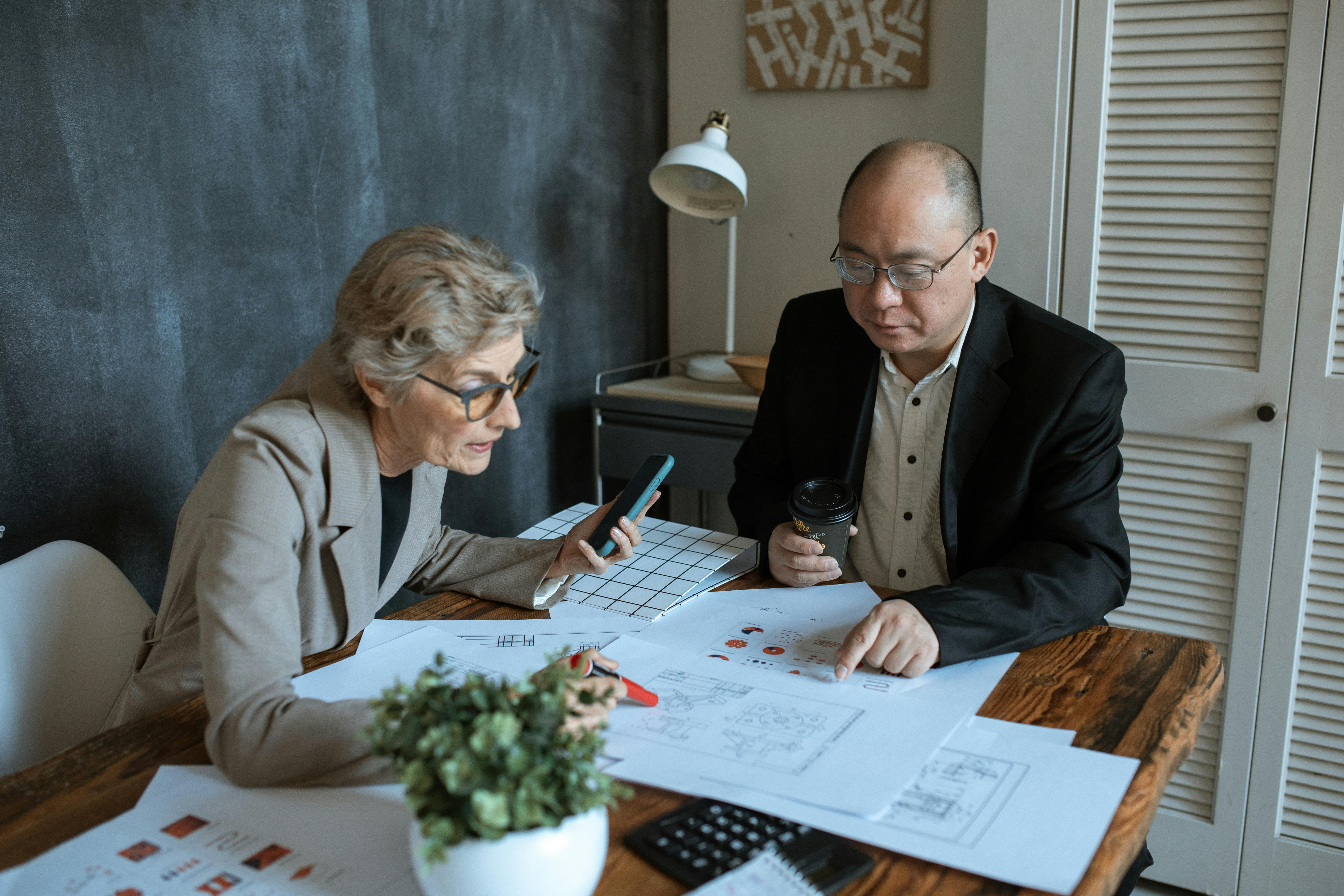
kayastha wedding
Kayastha is a Hindu ethnic sub-caste and they are the only ones who are Brahmins and Kshatriyas. Traditionally, writing is the basic profession of the Kayastha people. They deeply believe in their cultural heritage and marry within their community. The Kayastha wedding ceremony is carried out with grandeur and much pomp and show. Generally there is the arranged marriage that occurs with the consent of the elders between the girl and the boy. The celebrations begin with the engagement ceremony where the future bride and groom exchange rings at the bride’s home or somewhere else. The father of the bride then presents a gift to the groom’s family members as well as his close relatives, which is popularly known as a milni ceremony. The bride’s family also sends a large bucket of fruit, sweets, and clothes to the groom’s house.
The auspicious date for the wedding is then finalized by consulting an astrologer, after which the wedding preparations begin. The guest list is exchanged between both families so that the arrangement can be made accordingly. Generally, each guest is given a gift which is known as a ‘sobha’. The days between the engagement and the marriage are known as the period of courtship in which the bride and groom try to get to know each other better and feel comfortable with each other’s family members.
Among Kayastha, wedding celebrations start with bhat nyotna, which is celebrated 2-3 days before the marriage. On this occasion, the bride’s mother’s grandparents and uncles visit and bless her granddaughter at her wedding and present her gifts to her. After this, the invitation letter is distributed to all relatives on the mother’s side.
One day before the wedding day, the mehndi ceremony is applied to the hands of the bride/groom and other close female relatives. While the mehndi is being applied, the day is celebrated with much dancing and music.
On the wedding day, the Kayastha bride wakes up early in the morning and visits the temple to preach and receive Goddess Parvati’s blessings and wishes for a happy married life in the future. After this Haldi ceremony, the turmeric powder paste is applied along with besan on the body of the bride/groom. Then, both take a bath in their respective homes and dress in their traditional wedding attire.
During this time, the bride’s brother pays a visit to apply tilak to the groom’s forehead and bring gifts for the groom’s family. The groom then leaves with the baraat, which is a wedding procession that begins at the groom’s house. He is sitting on a decorated horse or chariot and goes to the bride’s house or wedding venue together with his relatives with drums and instruments playing at all times. In Indian weddings, the bride and groom arrive at the place and are greeted by relatives on the bride’s side, placing garlands around their necks and spraying them with perfume and flowers. Cookies are also broken at most weddings.
After arrival, the groom performs the puja, after which he walks onto the stage. The bride enters and they both exchange garlands with much celebration while the young people shout fervently to support the bride and groom. After this, they return again to the entrance where the baahar-ke-phere ritual is performed in which the groom is asked to stand on a stool (chowki) and the maternal uncle holds the bride and walks around the stool three times. boyfriend while the pundit chants a few mantras
The bride and groom then sit side by side in a mandap and are made to take vows that they will take responsibility for each other and remain faithful for life. Both parents go about their duties while the pundit chants mantras and the couple circles the fire seven times, after which they formally declare themselves a married couple. The life ceremony follows when the bride leaves her parents’ house and enters her husband’s house.